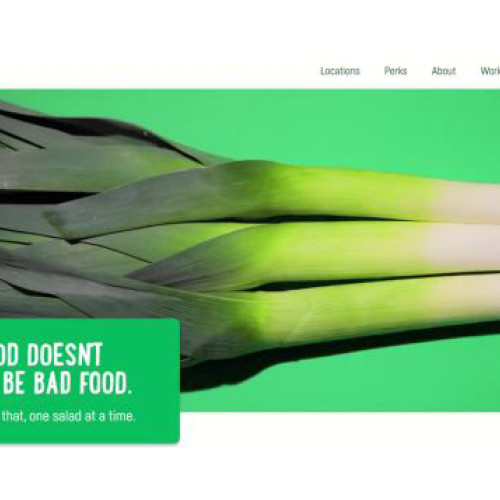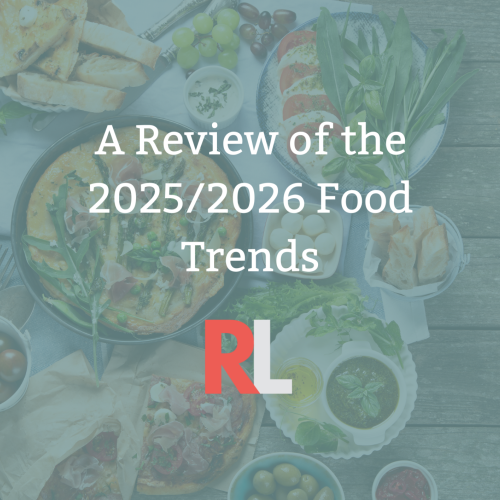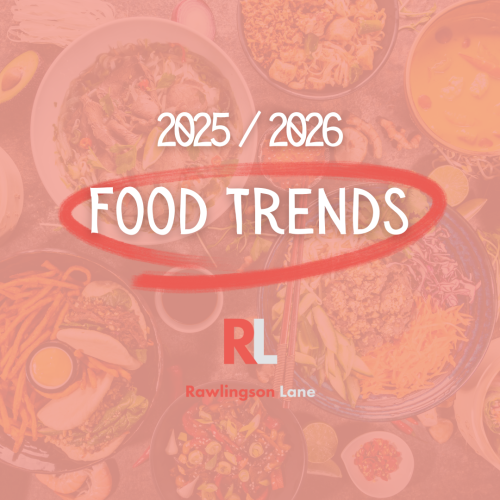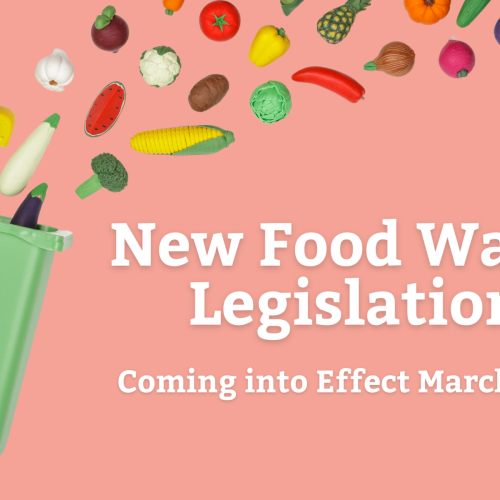Navigating Social Media Advertising
Social media can be so much more than simply posts and reels. Whilst these increase brand awareness and engagement, paid advertising can help you achieve your goals faster. With the average UK users spending over 4 hours on social media a day and both Meta and LinkedIn seeing substantial growth in ad reach in 2024, there is no better time to expand into social media advertising, especially as this continues to evolve. Running campaigns used to be seen as an add-on to organic activity, but the targeted and measurable nature of advertising means it can outperform many other mediums. To unlock the true potential of social media, an understanding of how to develop and run campaigns is vital. For many, this can feel totally overwhelming, but thankfully, we’re here to guide the way! It’s time to delve into the depths of social media advertising!
Setting Objectives
First things first, we need to set some objectives. Perhaps you want to raise brand awareness or grow website traffic? Alternatively, maybe you’re looking to expand a new audience or use advertising to drive sales or attendance to an event? Or do you want to simply increase followers? Whatever your purpose, it is important to have this in mind from the start. With a clear purpose to your ad, it will be easier to align the rest of your campaign goals and report back on the campaign success.
Audience
Let’s talk audience. Who do you want to target with your ad? On both Meta and LinkedIn, this now means looking beyond simple demographics, like age, gender and geographical location. Think about what your audiences’ interests are, their job role, whether they have a family, and other brands they may follow. This precise advertising not only informs your creative but ensures your ad reaches the right people. As you input your audience into Meta or LinkedIn, check that you’re not being too specific. You are looking for a target reach of over 100,000, so make sure your ad is broad enough to make an impact and meet your objectives. It is often useful to set up two ad sets and conduct A/B testing. This means that you either keep the creative the same and monitor its impact with two different audiences or you keep the audience the same but use different creatives. It ultimately depends on what you want to test. This can influence future campaigns as you begin to learn more about your audience.

Budget
Next up is budget. It’s so important to know how much money you are working with when it comes to social media advertising. For ads on Meta, you will need a minimum of approx. £20 per day, whereas LinkedIn requires a starting figure of approx. £40 per day. When inputting your budget into Meta and LinkedIn, you can either set this daily or provide the budget for the whole campaign. The beauty of opting to include the campaign’s lifetime budget is that it allows the social media platform to vary spend daily depending on your ad’s performance. It also adds an end date to your campaign, perfect for the busy or forgetful! When setting a duration for your ad, we recommend letting it run for between two to four weeks. This gives it enough time to produce results, without making it too repetitive for your audience.
Design
Now you have established your ad’s purpose, who it’s intended for and your budget, it is time to let your creativity flow. For anyone managing social media, this is ‘the fun bit’. The part where you are free to use your imagination to produce effective branded content. Originality is key here and there are a few essentials to consider as well:
Capture your audiences’ attention with a hook
Create a sense of urgency
Use a simple call to action
Keep it on brand
Make it relevant
Focus on visuals, not text
Design for mobile users
Avoid using sound to get your message across (75-80% of consumers watch with the sound off). Instead, use this to enhance the viewing experience.

Placement
You now have your creative, but where do you want this to be seen? Meta offers a range of places for ads, including in Instagram and Facebook feeds, stories, reels and search results. Meanwhile with LinkedIn, you can include ads in your home page feed, notification centre and messaging. Opting to select all placements may seem like the best option but do you really want your high-quality offering next to someone’s old trainers or a battered sofa on Facebook Marketplace? Probably not! Ultimately, it depends which placements are best to target your audience. It can also be influenced by the type of ad you are creating. It may be quite jarring to be scrolling through Instagram reels or stories and suddenly find a static image as this will disrupt your audiences’ flow, and not in a good way! Ads shouldn’t be glaringly obvious; they must stand out enough to make an impression but never get in the way of how your audience is choosing to use the platform. It’s also important to remember that depending on where your ad is placed, its dimensions may change slightly so ensure you check how it looks in each location before setting it live.
Optimising Your Campaign
Objective. Tick. Audience. Tick. Budget. Tick. Location. Tick. Finally, it is time to click publish! However, the work’s not done quite yet. To optimise your ad and learn for future campaigns, it is important to monitor the success of your ad in relation to your objectives. Are they achieving the desired results? What is the cost of this? Consider that cost will vary throughout the year depending on external events. For example, more businesses will be running ads during the Superbowl and Christmas period, making this more competitive and resulting in rising costs. However, if your numbers are looking unusually high at other points of the year, consider why this may be and use this to inform your next ad. It is also useful to understand who your advert is resonating with and then targeting this group in the future to make the most of budgets. Running social media campaigns is all about experimenting. There are infinite opportunities for growth if you consider previous results and build upon past successes.
Want to learn more? Never considered social media advertising and want to give it a go? Need some help? Get in touch, or email kevin@rawlingsonlane.co.uk for an informal chat.

About The Author
PR & Copywriting Intern View more from Caitlyn











